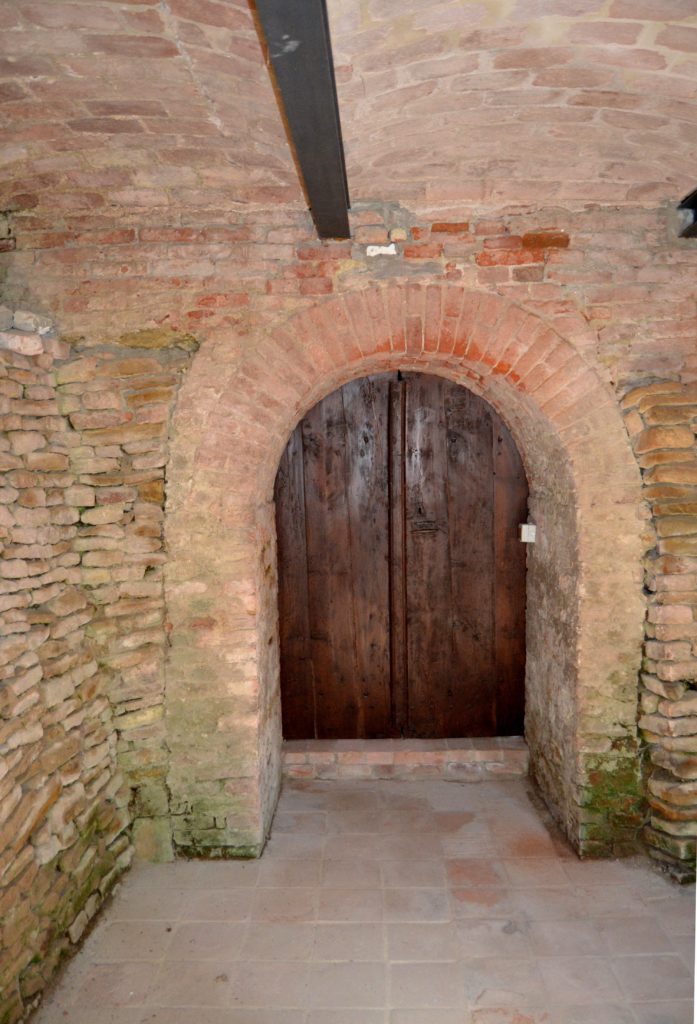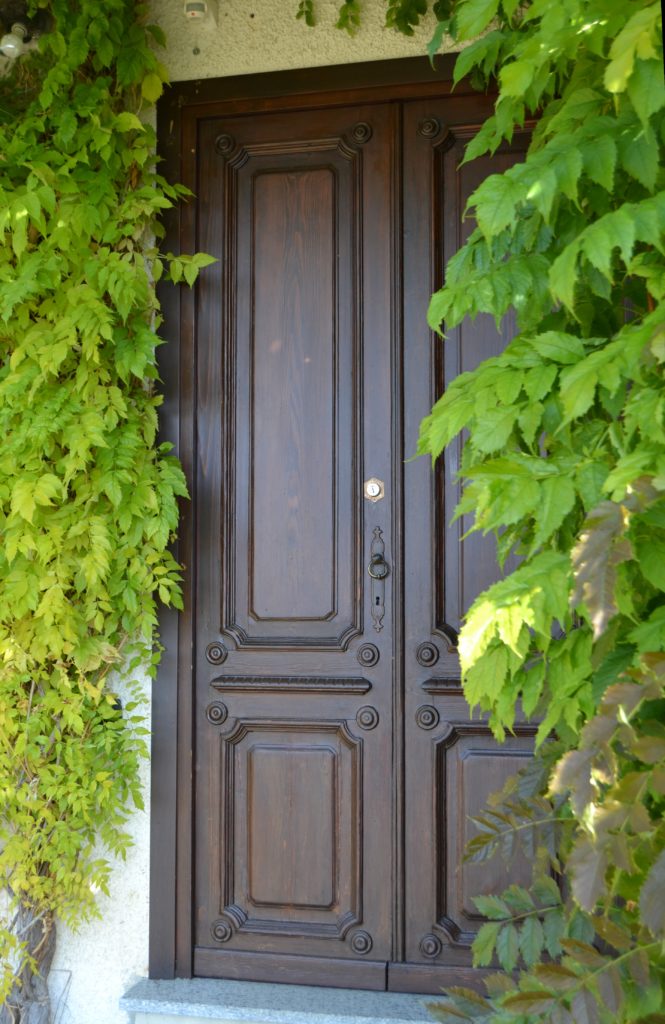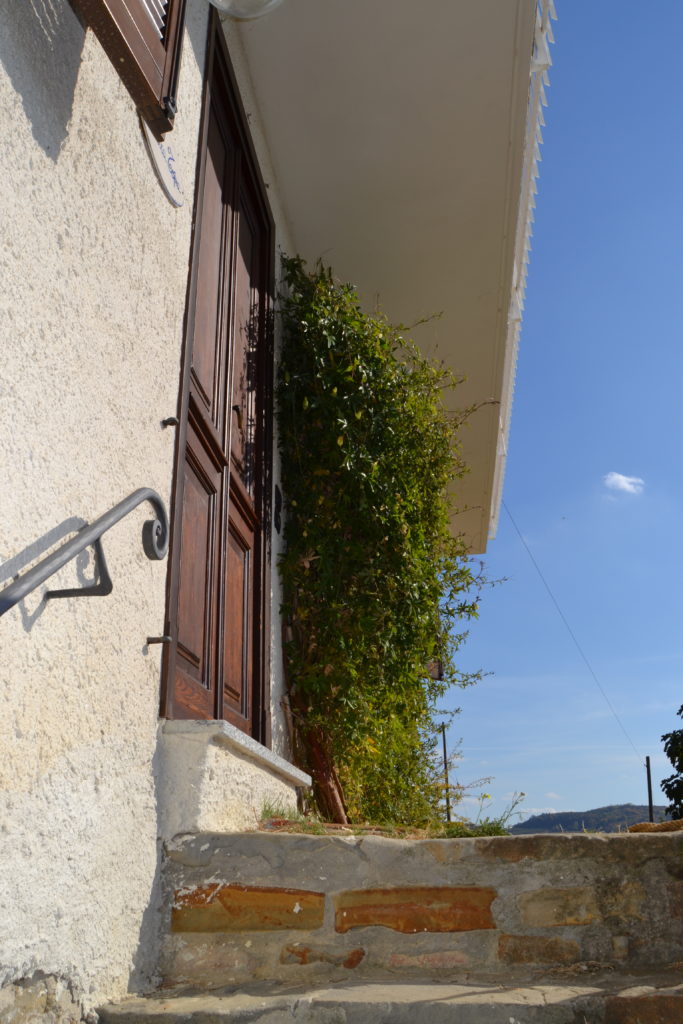
The oldest and largest farmstead in the town was built around 1750 in local stone. It is a large complex located on the top of a hill (brichet in local dialect). The closed complex structure has a big wooden door that once allowed for easy access to carts and animals. All buildings overlooked a large barnyard with the exception of the country manor which was found on the west wing and has a separate entrance.
The land surrounding the entire farmstead was used for farming and haystacks. There were woods, vegetable gardens, orchards and several vineyards for a total of 100 “Piedmont days” (a “Piedmont day” is equivalent to 3,800 square metres and is an ancient measurement unit that corresponds to the land a couple of oxen could plough in a single day. This unit of measurement is a valid agricultural term today.)
This information is still approximate, however, since both public and private documents were destroyed in the fires set during World War II.
The homes of the farmhands overlooked the large barnyard as did the barns, haylofts and warehouses, tool sheds; carts and large wooden tubs (arbi in local dialect) were placed in the rooms below that led to the rear of the farmstead. Lastly, a long cellar was dug into the tuff as foundation and is still in use.
About 60 people lived on the estate during World War II: the owners and farmhands who were elderly men, women and children while the younger men were either soldiers or resistance fighters. I remember that these hills were the theatre of terrible battles between the Nazi-Fascist soldiers and members of the
Italian Resistance Movement. The nearby city of Alba fell and was “held” by Italian resistance fighters for 23 days until the Nazi-Fascist armies retaliated with horrible round-ups throughout the Langhe region. One of these round-ups took place at Cascina Bricchetto. The people living here were forced to stay outside in the freezing cold (including small children) with machine guns pointed at them while all the furniture and equipment was stacked in the large barnyard and set on fire. The fire spread to the haylofts and wooden facilities, burning everything that wasn’t made out of stone. Fortunately there were no casualties.
I heard these stories from several people who had lived in this area at that time and in the early years following my purchase of this estate I had the fortune to receive visits from the men and women who had lived here as children. They came back to “see it one last time before their final journey” – those were the words they used to describe the visit to the place of their childhood and youth in the hopes of finding something familiar here. They had many stories to share, many emotions, and their memories only strengthened my determination to “preserve” as much as I could.


The farmstead devastated by the fire marked the beginning of the decline. The land was dissected and sold piece by piece. Some was even gambled away. The land changed ownership time and time again, sold to people whose only interest in it was to make some money. Nobody cared about the buildings and much of the estate was reduced to mounds of stones…
The breathtaking beauty of the area, the fact that I had fallen madly in love with it added to a tinge of recklessness, the sense of challenge and so much more acted as both the circumstances and the trigger for the purchase I made in 1955. Ever since, work and more work have brought this farmstead and surrounding land (now a vineyard) back to life. There is still much more work ahead…
Many projects aimed at recovering the ancient farmhouse. One of these involved the doors in the photographs (some were rebuilt with pieces of other doors). These doors are open to you…and to all those romantic souls out there, I’m waiting for you!
Giovanna







 Book now
Book now



